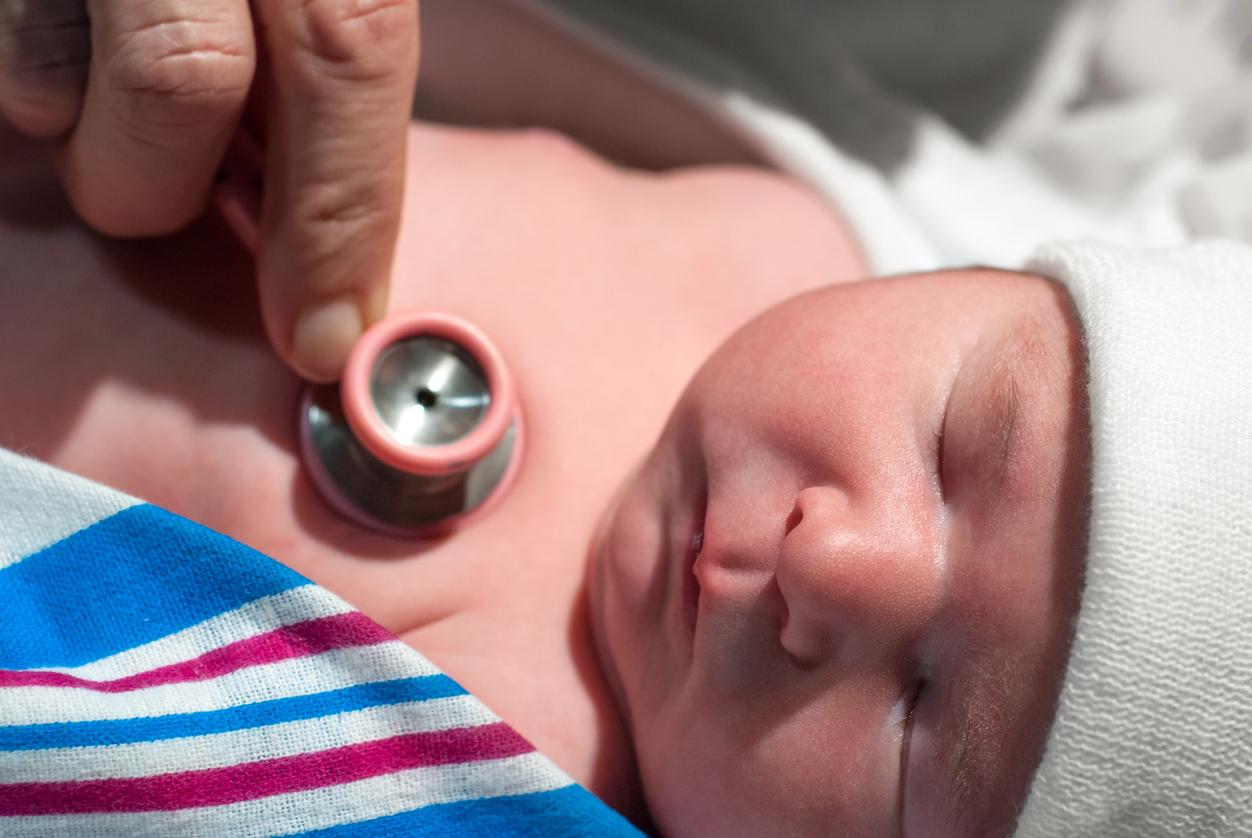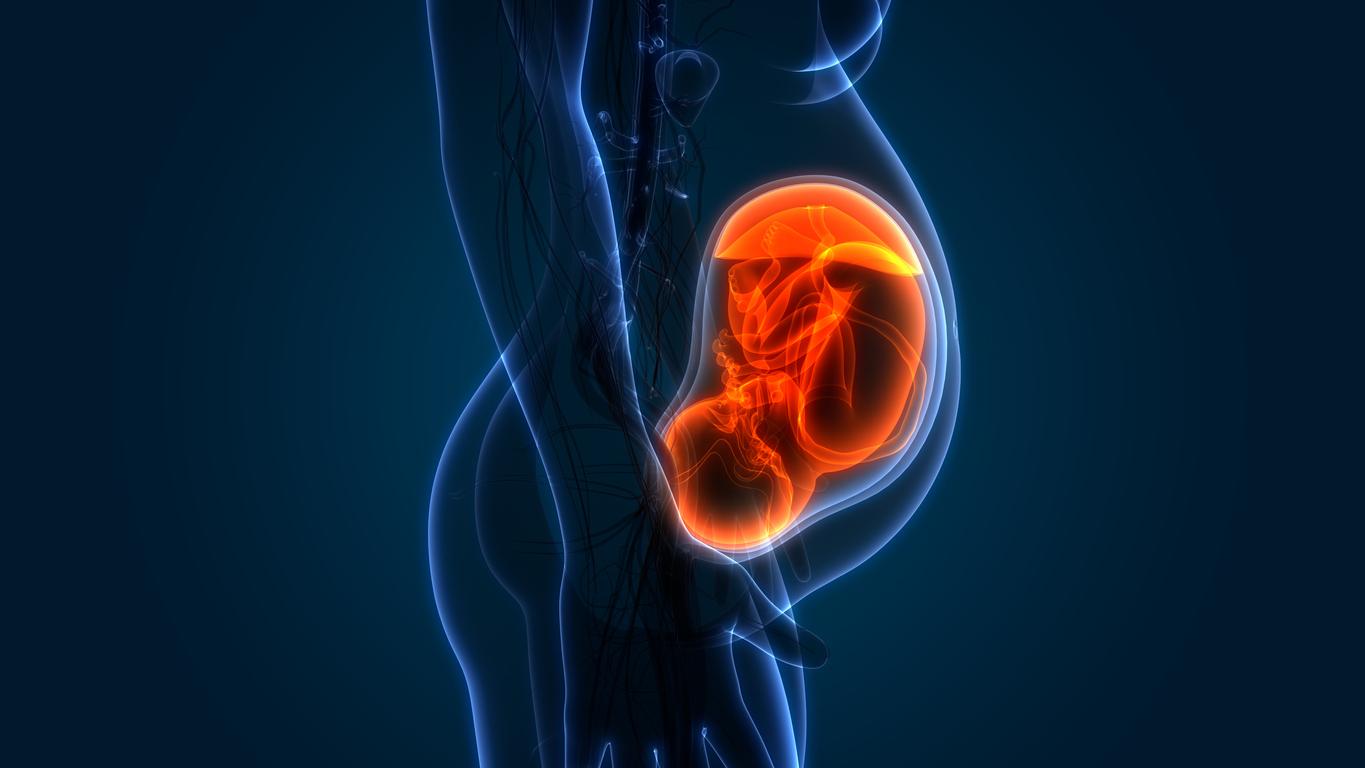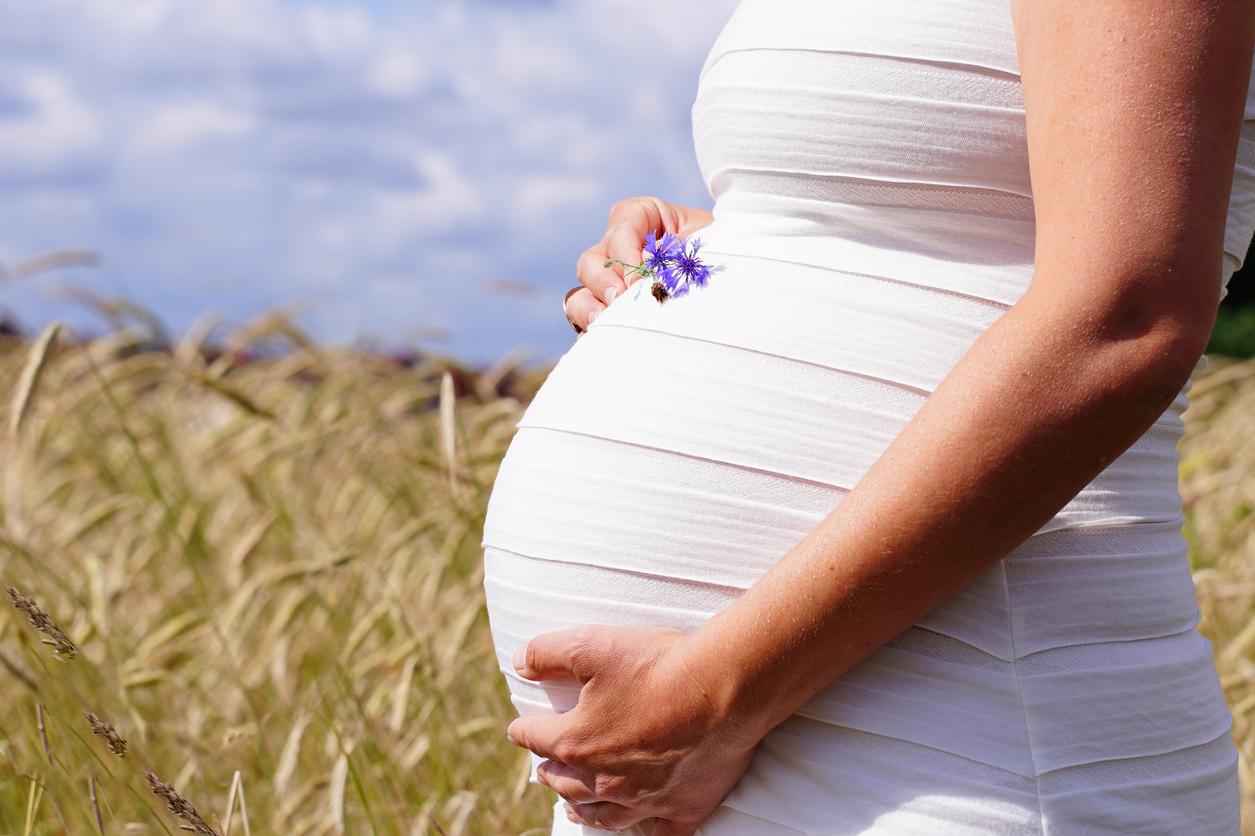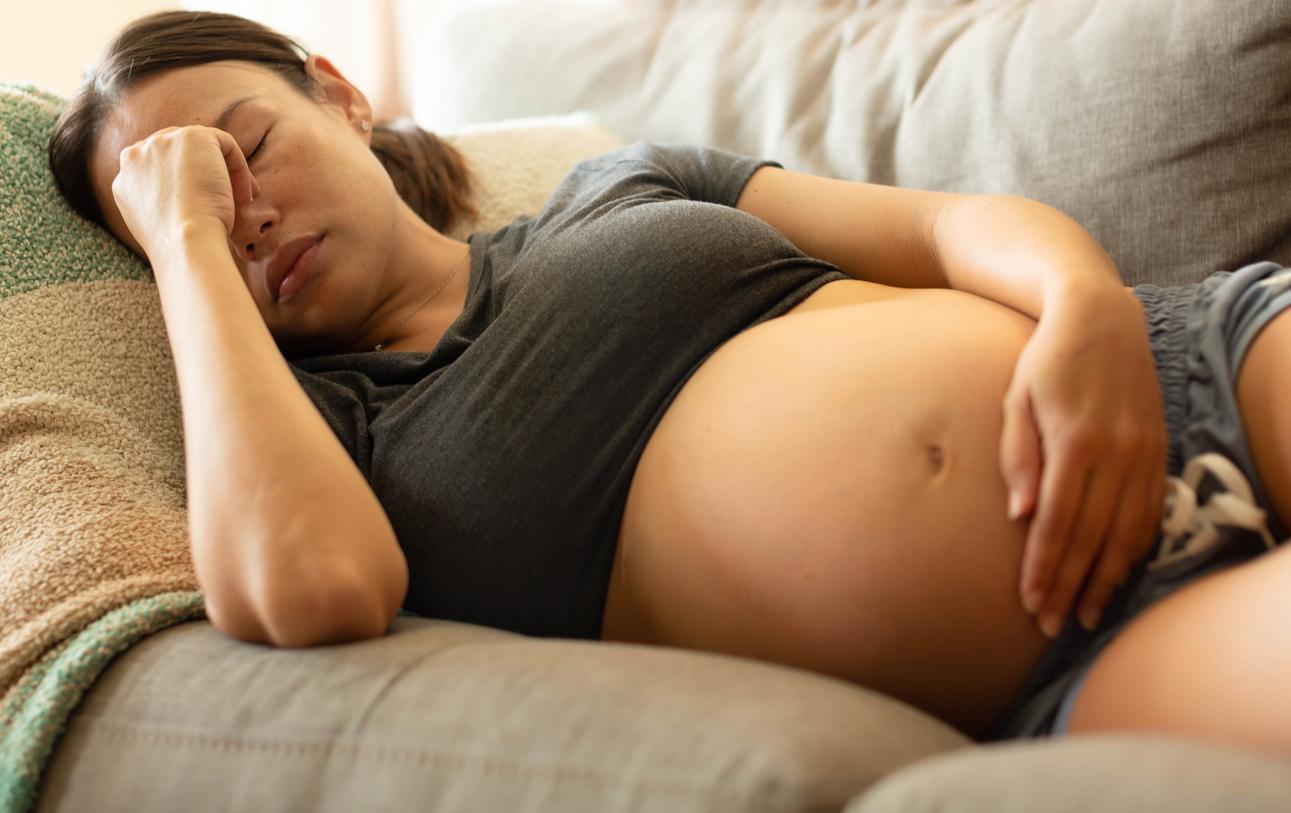In utero exposure to heat or cold, from the second trimester of pregnancy, is associated with an alteration of several respiratory parameters in little girls.

- 343 mother-child pairs, living in the Grenoble region, were recruited and monitored.
- An increase in respiratory rate and a reduction in the volume of air remaining in the lungs after exhalation were observed in girls.
- “The variations observed are not of a pathological nature and do not make it possible to predict a respiratory disorder thereafter”, according to the researchers.
“Little is known about the long-term associations between exposure to extreme temperatures in early life and childhood health and lung function”, said Inserm researchers. This is why they decided to analyze the impact of several environmental factors on the health of pregnant women and their babies. For this, they carried out a study, the results of which were published in the journal JAMA Network Open.
Assessing the effects of air pollution on the respiratory function of children
As part of this work, the scientists recruited 343 mother-child pairs between July 8, 2014 and July 24, 2017. The participants lived in the Grenoble region, where the lowest temperatures are below one degree and the highest are above 24 degrees. Six to seven weeks after birth, the toddlers had to do breathing tests. In detail, the team looked at their tidal air volume (i.e. the air inhaled and exhaled), their respiratory rate (i.e. the number of breaths per minute) and their residual capacity. functional (i.e. the volume of air remaining in the lungs after exhalation).
An increase in respiratory rate only in girls
According to the results, the exposure of the mother and children to high or low temperatures, from the second trimester of pregnancy until four weeks after birth, was associated with a decrease in functional residual capacity and an increase in respiratory rate. . This was observed only in girls. “No alterations were found for newborn males,” can we read in the searches.
“The vulnerability of pregnant women and their future children to climate change”
“The variations observed are not of a pathological nature and do not make it possible to predict a respiratory disorder thereafter”said Johanna Lepeule, author of the study, in a statement. In the conclusions, the authors pointed out that their results suggested an association between ambient temperature and the respiratory system of newborns. They “highlight the vulnerability of pregnant women and their future children to climate change”.

















